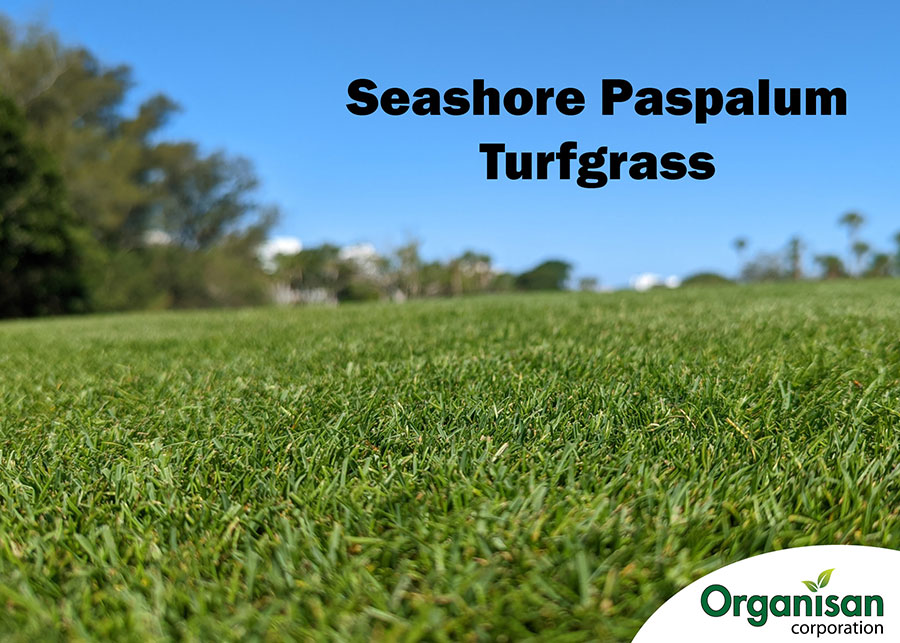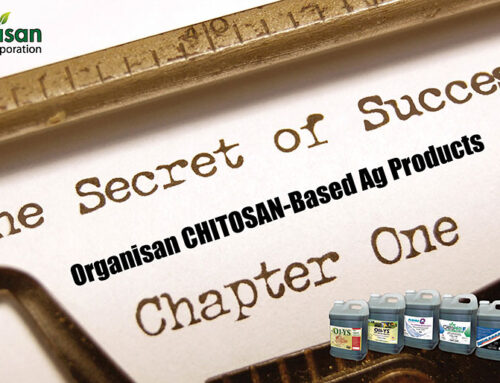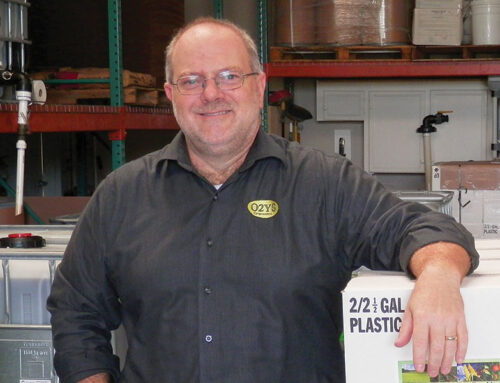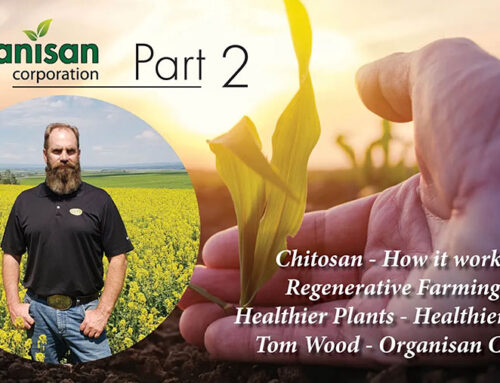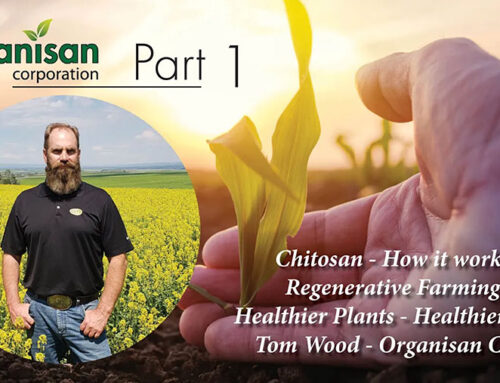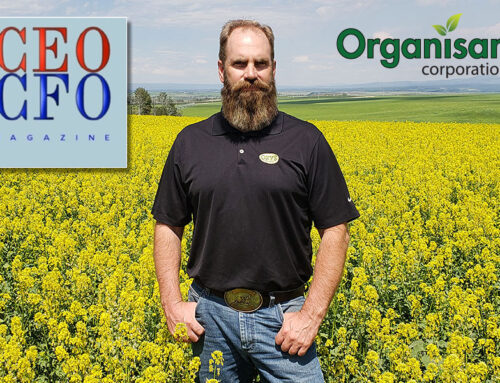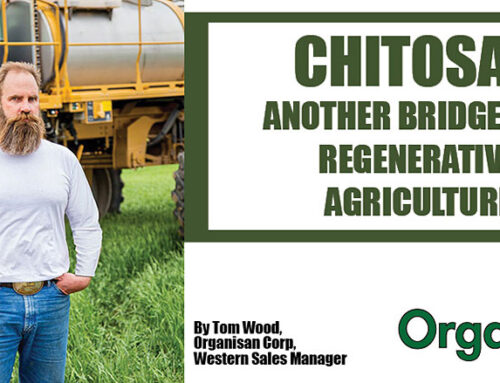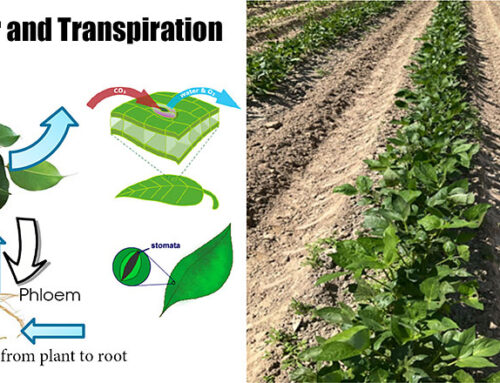There are a number of warm season turfgrasses, among the most popular being Bermudagrass, Centipedegrass, St. Augustinegrass and Zoysiagrass. But only one has reached superstar status as the turfgrass most preferred on sports fields from professional to world-class competitions and that is the salt tolerant, fast growing, fast recovering perennial known as Seashore Paspalum Turfgrass.
About Paspalum:
Seashore Paspalum is a native, low growing, warm season, perennial grass that reaches approximately 20 inches in height. Paspalum (vaginatum) is a species of grass known by many names, including seashore paspalum, biscuit grass, saltwater couch, silt grass, Sheathed, Jointgrass, Seaside Millet, Sand Knotgrass and swamp couch. It is native to the Americas, where it grows in tropical and subtropical regions, primarily from Texas across the southeast.
Best known for its salt tolerance, seashore paspalum has earned quite the reputation for sustainability and by far is one of the favorite choices on sports fields and golf courses from Texas to the Carolina’s. It’s density, strength, and rapid recovery make it a popular grass for Golf, Soccer, football, baseball, rugby, and even horse racing chooses to use it at all levels of competition.
One of the main reasons for its popularity is Paspalum’s strong dense canopy and durability qualities. The overall texture and root system results it an unmatched durability infrastructure to provide exceptional wear tolerance, allowing it to hold up to foot traffic on sports fields and cart traffic on golf courses. With its ability to offer rapid recovery (due to rhizomes and horizontal growth), divots in paspalum grow back faster than in Bermudagrass or slow growing (thus slow recovery) grasses like zoysia.
Unique Qualities:
As mentioned, Seashore paspalum is a very salt tolerant warm-season grass with desirable turfgrass characteristics. It is known to be “sodium resistant”. Paspalum processes salts in a way that is unique. If watered with high salt water, it excretes the extra sodium out of its root system!
In comparison to other grasses Paspalum unique root systems makes it the most efficient. For example, Bermudagrasses tend to fall at the bottom of the spectrum of salt tolerance. Bermudagrasses are unable to handle any significant amount salt and most of the time you will find the salt remain stuck to the plant root. Zoysias are more salt tolerant than Bermudas but only push the salts upward to the leaf blades. The only way to remove the salts from zoysia turfgrass is to capture and remove the clippings. Paspalum has quicker root development than bermudagrasses or zoysia. Rapid establishment after sprigging, sodding, or seeding allows paspalum projects to be up and running in record time.
Aside from fast growing, and rapid recovery, sports arenas love this grass because of its natural striping ability. Due to the wax load on shoots (which also gives paspalum its shiny dark green color), one pass of the mower shows striping patterns distinctively while it takes two or more mower passes on bermudagrasses or zoysiagrasses. In addition, the identifiable rich, green color of paspalum provides further advantages in terms of overall aesthetics and cost savings. Color retention when temperatures drop keeps paspalum greener longer, reducing the need for turf painting and possibly eliminating the need to overseed.
Appropriately maintained, paspalum requires less nitrogen than other turfgrasses, with bermudagrass requiring the most, followed by zoysia. Research supports these claims as well as resulting reductions in fertilizer requirements. The environmental benefits of these advantages are a major reason for paspalum’s popularity with projects focused on sustainability.
The low light tolerance of paspalum, superior to bermudagrass and most zoysias, allows it to thrive in conditions where many other turfgrasses fail. Geographic regions with heavy cloud coverage and periods of minimal sunlight find paspalum to be the ideal turfgrass solution. Low light tolerance also makes paspalum the preferred natural grass choice for stadiums where parts of the field receive limited sunlight.
Maintenance:
Seashore paspalum requires moderate amounts of water and fertilizer and needs frequent mowing to maintain a low cut. Due to its salinity tolerance, salt water may be used as inexpensive irrigation and a selective herbicide to maintain stands of seashore paspalum.
Seashore paspalum forms dense sod if mowed to a one-inch height and makes an attractive turf grass. Reductions in mowing height will increase turf density and produce plants with shorter internodes. Golf course putting greens are maintained between 1/8 and 1/5 inch, while tees range between 1/2 and 13/16 inch, and fairways range between 1/2 and 3/4 inch. Athletic fields and other landscape areas should be maintained between 1/2 and 1 inch.
Seashore paspalum does not prefer a specific soil type. It produces a high-quality turf in soil types varying in texture, moisture content, aeration, pH, and salinity. It will produce a higher quality turf than other warm season turfgrasses in poor quality soils.
Like other warm season turfgrasses, seashore paspalum produces a high-quality turf when irrigated with potable water. Actively growing seashore paspalum cultivars require 1 – 1-1/2 inches of water per week, depending on environmental and soil conditions. Note that seashore paspalum can also persist in waterlogged soils for extended periods of time. Irrigate early in the morning to minimize wind distortion. Deep, infrequent irrigation (no more than twice a week) is recommended for mature seashore paspalum stands to promote root development. Watering during the early morning hours will also limit the amount of time leaf tissue remains moist, reducing the likelihood of disease development.
Disease:
When maintained properly, seashore paspalum has very few disease and insect problems but is most often susceptible to fusarium blight and Helminthosporium disease. Other damage typically comes from mole crickets, sod webworms, spittlebugs, white grubs, billbugs, cutworms, and fall army worms.
There are several steps that can be instituted to help reduce the occurrence of disease and pathogen invasions.
- Watch excessive nitrogen fertilization.
- Try to avoid late-afternoon or evening irrigation.
- Mow appropriately: do not scalp the turf and always keep mower blades sharp.
- Maintain adequate aeration and drainage throughout the rootzone.
Organisan Corp offers many products to enhance and support your turfgrass health.
Nemasan and ChitoPro-F
Nematodes are the most damaging, most costly, and often the most invisible, plantparasitic issues facing turf managers. When nematode populations densities get high, or when environmental stressors occur, above group symptoms may become evident. Nematode-damaged turf typically needs frequent irrigation to avoid wilting and decline. Once other aboveground symptoms are evident (wilting, discoloration, limited growth), it’s a good chance your issues lie underground. Nematodes feed on a plants’ root systems. Once the plants roots are compromised, it reduces the plants’ ability to obtain water and nutrients from the soil (which often causes nutrient leeching in the environment). This also makes that turf environment more susceptible to drought and other stressors. Most importantly, once your roots have been compromised, the cellular door for disease has been opened!
Use Nemasan to control Root Knot, Reniform, Lance and Sting. Nemasan is a highly effective, Environmental Protection Agency (EPA) registered nematicide that can both be applied during all phases of the growing cycle and assist in treating nematode outbreaks without using any special spray protocol, respirator, or personal protective equipment (PPE). Nemasan is developed from a proprietary formula using a unique chemistry to deliver effective results from sustainable sources of naturally occurring ingredients.
Benefits of the revolutionary new Nemasan product to combat nematodes include:
- Effective suppression/control of plant-parasitic nematodes – Use before above ground symptoms are evident to support a healthy growth environment.
- Year-Round Application – With Nemasan, you have the ability and flexibility to deal with nematode issues during the entire growing cycle.
- Naturally Made – Created from sustainable sources of naturally occurring ingredients. Use without any special spray protocol, respirator, or personal protective equipment (PPE).
- Plays Nice with Others – Only nematode product that can be safely used with other products at the same time.
- Cost Savings – Application cost for Nemasan is significantly less than current nematode control compounds.
ChitoPro-F is a chitosan-based, biological fungicide that provides suppression of fungal plant diseases and allows sod to grow under far less disease pressure to full maturity. ChitoPro-F provides a multi-pronged fungicidal effect and can be applied at all growing stages while working with the soil biology to control plant diseases. ChitoPro-F carries an EPA label and was recently approved as an EPA registered, end-use label fungicide to suppress/ control plant diseases listed on its label. HIGHLY EFFECTIVE on Turf and Sod Diseases, including: Curvularia, Leaf Spot, Fairy Ring, Anthracnose, Brown Patch, Gray Leaf Spot, and Pythium spp.
John Hendrix, Organisan Corp, National Sales Manager
Sources:
http://ipm.ucanr.edu/TOOLS/TURF/TURFSPECIES/seashore.html
https://www.atlasturf.com/paspalum-uses-advantages-costs
https://turf.caes.uga.edu/turfgrass-species/warm-season-turfgrass/seashore-paspalum.html
https://www.nrcs.usda.gov/Internet/FSE_PLANTMATERIALS/publications/etpmcfs8046.pdf
https://www.ctahr.hawaii.edu/oc/freepubs/pdf/TM-1.pdf

